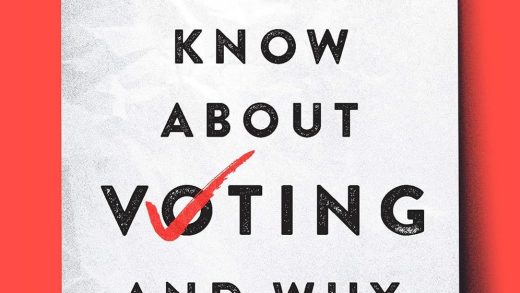…because they’ll change!
WHAT, TARA?
Let me explain.
For a dozen years, this post on picture book dummies has been one of this site’s most popular articles.

It presents guidance on page breaks and how many a picture book can sustain.
I first learned about the picture book format when an editor told me my 500-word PB was “too long”. I didn’t understand. She then asked me to mark natural page breaks. I took a pen and went swoop, here! Swoop, there! Swoop, swoop, ta-da swoop! Turns out I had 42 gazillion breaks!
She drew the diagrams above on the back of my manuscript and told me that I had to focus on scenes as well as words. That day, everything about my writing changed. I was embarrassed that I had been writing picture books without any idea of how they were formatted.
The point of the dummy article I wrote (the second I got home) is to inform PB writers about format, like I was informed that day. Every genre has a standard length and general format. To sell a story, you need to familiarize yourself with said format. A picture book is different than a magazine short story, a graphic novel and countless other literary forms.
Plugging your PB manuscript into this format does many things for your story, like demonstrating which scenes have too many words, which have too few, which are necessary, and which can be tossed. It’s also a telltale way to determine if you have changed the scene on a regular basis. It’s a PICTURE book, so the same scene on multiple pages can get ho-hum, hum-drum. Pacing a picture book, with page-turn surprises, is key to its readability.
OK, so you know all this.
Well, also know that it all could CHANGE.
Once an editor buys a manuscript for publication, they may have a different vision for certain spreads and page breaks. Don’t be alarmed; they’re typically genius moves.

“Case” in point: in THE UPPER CASE, the 2nd book in the 7 ATE 9/PRIVATE I series, I sprinkled punctuation mark characters throughout the story. My editor at the time, Tracey Keevan, suggested we instead get them all onto one spread. AHA! However, I didn’t feature enough punctuation to make that spread visually interesting. So, I added Period, Apostrophe and Comma—even the babies p and q. Then I wrote them all onto a single spread, and Ross MacDonald worked his magic. Voila!

There’s a reason why you need to be cognizant of page breaks—an editor will sense them as they read your manuscript. But there’s also a reason why I don’t recommend submitting a manuscript marked up with them (unless specifically requested)—they may change as the editor edits your story. (Plus those few words interrupt the flow of the story.)
The layout guides above are there to teach the picture book format so eventually you can internalize it. After writing many manuscripts, you’ll be able to create picture books without plugging them into a dummy at all. Those logical scene changes will appear in your story without you even realizing it.
In short—be aware of page breaks, but be flexible, too!
The 3rd book in the 7 ATE 9/PRIVATE I series, TIME FLIES, is zooming your way in April 2022!

In the colorful and letter-filled Capital City, there’s never a moment’s rest for Private I, the city’s best investigator. Trouble seems to always have a way of finding him—trouble with a capital T. On this particular day, T tells Private I that his watch is missing. And T isn’t alone—the citizens of Capital City have lost track of timepieces all over town! Can Private I catch the perp and make up for lost time before it’s too late?
Click here to pre-order!
Source : Don’t Sweat the Page Breaks…











